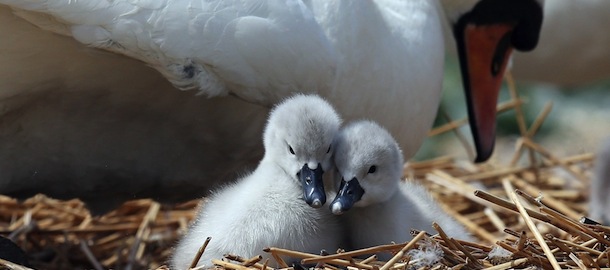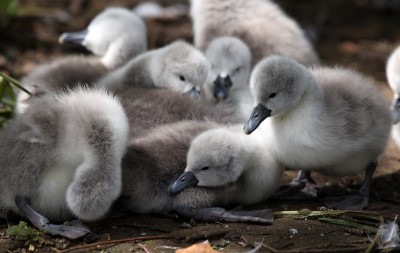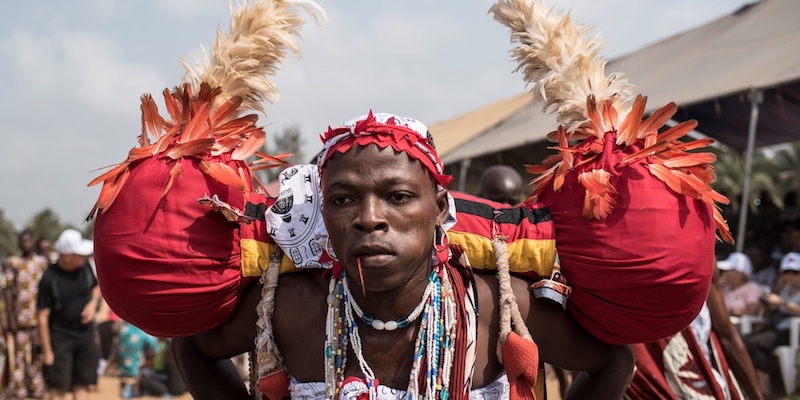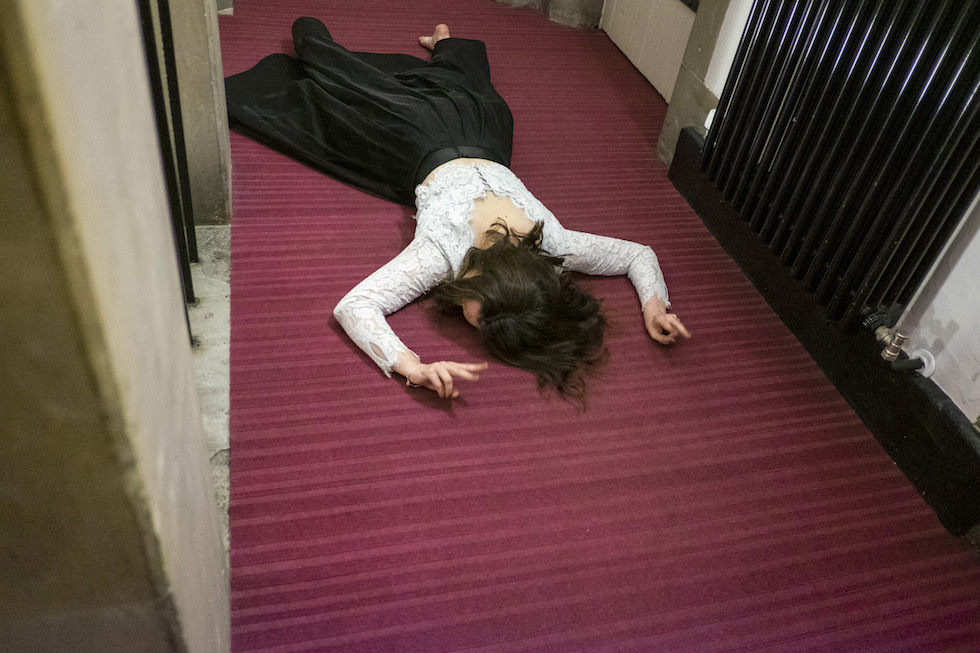I cigni appena nati in Inghilterra – foto
Ad Abbotsbury Swannery, dove la nascita del primo cigno indica l'arrivo dell'estate

altre
foto
Il fotografo di Getty Images Matt Cardy ha fotografato i cigni appena nati – in un’immagine si vedono le uova appena rotte – ad Abbotsbury Swannery, che è l’unica colonia al mondo di nidificazione di cigni reali accessibile all’uomo. La colonia si trova vicino al villaggio di Abbotsbury, nella contea inglese di Dorset, e ospita circa 600 cigni, completamente liberi di muoversi e volare: non sono mai rinchiusi in gabbie.
Ci sono documenti scritti che testimoniano l’esistenza dell’allevamento dal 1393, ma probabilmente esisteva anche prima: venne infatti fondato dai monaci benedettini che costruirono un monastero nella zona nell’XI secolo e che si cibavano dei cigni durante i banchetti. Il monastero venne poi demolito nel 1539 su ordine di Enrico VIII, che nel frattempo aveva fondato la Chiesa Anglicana. Adesso la colonia è diventata un’attrazione turistica: vengono organizzati diversi tour al giorno e i visitatori possono anche dar da mangiare ai cigni.
Quest’anno i cigni sono nati in ritardo rispetto al solito a causa delle temperature particolarmente fredde: secondo la tradizione, infatti, la nascita del primo cigno indica l’arrivo dell’estate. La femmina cova dalle quattro alle otto uova per circa un mese, mentre il maschio fa la guardia; i piccoli nascono con un piumaggio grigio e mimetico, che manterranno fino a quando diventeranno adulti.














